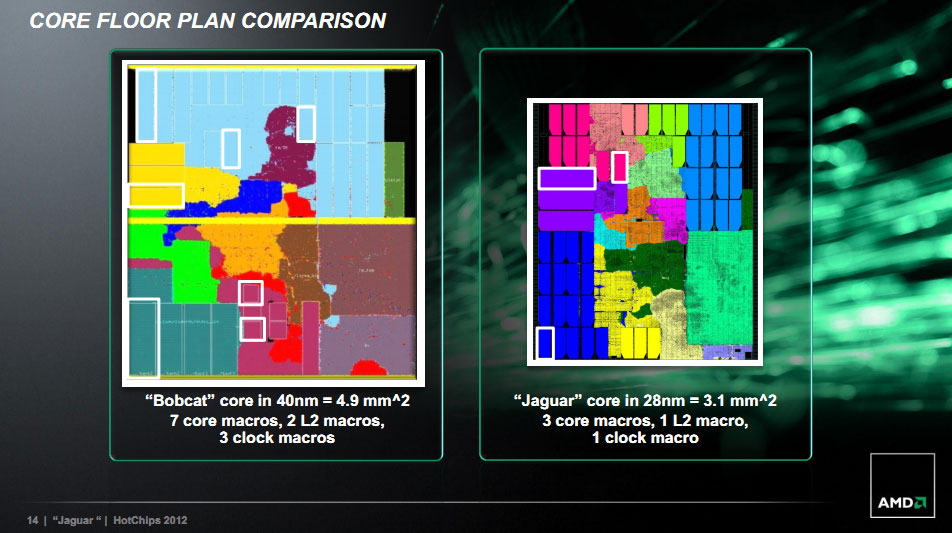Bagel seed
Veteran
it is rumored that the jan devkit of ps4 will be close to final spec - so they have atleast to include either piledriver or steamroller cores in that apu . piledriver seems much more likly than steamroller in this time .
I think so too for Piledriver. But in the summer there will be the final devkit so I guess there is time for another upgrade with Kaveri (with Sea Islands GPU).
And the last cherry on top will be Volanic Islands based discrete GPU

